Porous Pavers
Impervious surfaces, such as pavement, are the primary source of stormwater runoff. Finding solutions to allow rain to soak into the ground is a primary goal for Low Impact Development, or LID. LID strategies recommend porous paving for parking areas and other hard surfaces because it allows rainwater to percolate through the paving and into the ground before it runs off. This approach reduces stormwater runoff volumes and minimizes the pollutants introduced into stormwater runoff from parking areas.
There are three major types of permeable paving:
Paving stones (AKA unit pavers) are blocks made of brick, stone, or concrete, set on a prepared sand or aggregate base. The joints between the blocks are filled with sand or stone to allow water to percolate downward. Some concrete paving stones have an open cell design to increase permeability.
The porous pavers shown here are demonstrated at our Watershed Learning Center, in downtown Cave Springs, Ark. This installation was completed June 2015, through a generous grant provided by Arkansas Natural Resources Commission and US EPA funding. This system uses Permeable Interlocking Concrete Pavement technology for maximum infiltration and nutrient removal. To learn more about this Aqua Bric, click HERE.
Porous asphalt and pervious concrete appear to be the same as traditional asphalt or concrete pavement. However, they are mixed with a very low content of fine sand, so that they have 10%-25% void space.
Grass pavers (AKA turf blocks) are a type of open-cell unit paver in which the cells are filled with soil and planted with turf. The pavers, made of concrete or synthetic, distribute the weight of traffic and prevent compression of the underlying soil.
Stormwater Benefits of Porous Paving
- Infiltrates, filters and decreases stormwater runoff rates
- Reduces Total Maximum Daily Load (TMDL)
- Meets US EPA stormwater performance criteria as a structural Best Management Practice (BMP)
- Helps meet local and state stormwater drainage design criteria
- Provides 100% pervious surface by runoff passing through small, aggregate-filled openings between solid, high-strength durable concrete pavers
- Reduces or eliminates stormwater detention and retention ponds
- Rain water harvesting: capable of storing water on-site
- Processes and reduces pollutants from vehicular oil drippings
Application Opportunities
- URBAN: Parking lots, parks, outdoor seating areas, street tree planting areas, sidewalks
- SUBURBAN: Parking lots, driveways, parks, roads, sidewalks
- REDEVELOPMENT: Parking areas, plazas, public spaces, sidewalks, brownfields
Information on maintenance of porous pavers is available here.
Pollutant Removal Efficiencies
(Compared to Impervious Pavement)
Zinc: 62-88%
Copper: 50-89%
Total Suspended Solids: 60-90%
Total Phosphorous: 65%
Above facts provided by Interlocking Concrete Pavement Institute



